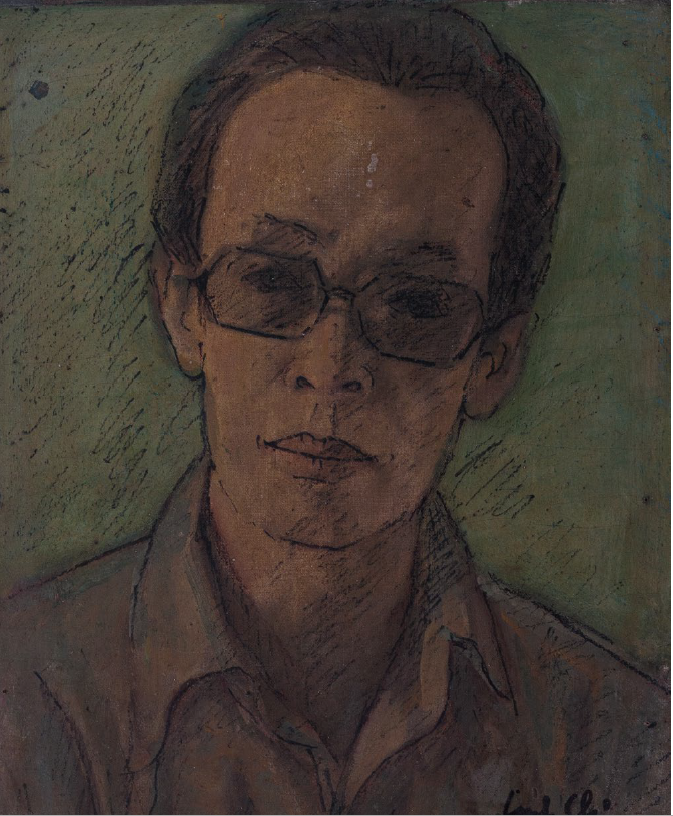
- Full name: Nguyễn Tài Lương
- Artistic name: Linh Chi
- Lifespan: 1921 – March 1, 2016 (aged 94–95)
- Place of birth: Vĩnh Yên, Vĩnh Phúc (some sources mention Bắc Ninh in Northern Vietnam)
- Education: Attended the Resistance Fine Arts School (1950–1953), where he studied under master painter Tô Ngọc Vân. He was admitted directly without entrance exams, following the success of his first solo exhibition in 1944.
1921–1937: The Early Years of Linh Chi – A Childhood Immersed in Art and Culture
From a tender age, Linh Chi revealed a profound and instinctive connection to the world of art. His childhood in Vĩnh Yên, extending through the year 1937, unfolded within a household steeped in intellect, culture, and quiet refinement—a fertile ground for the awakening of a young artist’s soul.
Together with his brother, the future writer Trọng Hứa, he was educated in the French system, granting him early access to the rich tapestry of Western literature and visual art. This linguistic window opened up entire worlds beyond his immediate surroundings—worlds filled with the colors, forms, and philosophies of great European masters.
Even as a schoolboy, Linh Chi’s passion for drawing knew no bounds. He sketched endlessly—on the margins of his notebooks, across the smooth surfaces of walls and floors—as if each blank space beckoned him to translate his inner visions into line and form. His imagination, vivid and untamed, demanded expression far beyond the limits of conventional learning, hinting at the singular artistic voice he would one day become.
Twice a week, he received direct deliveries of contemporary publications such as Indochine Magazine, An Nam Magazine, Nam Phong, Tiểu Thuyết Thứ Bẩy, and Phong Hóa, as well as the groundbreaking works of the Tự Lực Văn Đoàn literary collective. Alongside these were prized French art books, offering young Linh Chi a visual gateway into the world of Western modernism.
It was in this rich cultural setting—where Eastern heritage and Western aesthetics met—that Linh Chi’s artistic vision began to take shape, foreshadowing a career that would leave an indelible mark on Vietnamese art.
1938 – 1944 : Between Dreams and Discovery: Linh Chi’s First Steps in Art
In 1938, after completing primary school in Vĩnh Yên, Linh Chi moved with his younger brother, the future writer Trọng Hứa, to Hanoi. There he studied at Gia Long and later Thăng Long School, guided by eminent teachers such as Hoàng Minh Giám, Đặng Thai Mai, Nguyễn Đỗ Cung, and Trần Quang Trân.
Dreaming of entering the École des Beaux-Arts de l’Indochine, Linh Chi’s hopes were dashed when the Japanese occupation forced French schools to close. Undeterred, he turned the countryside into his classroom—roaming through Hòa Bình, Lạng Sơn, and Tuyên Quang with his easel, painting from life and deepening his art through self-study.
A turning point came in 1942 at West Lake, where he met French painter Lucien Sylvie. Their months of painting together gave Linh Chi both technical guidance and a lasting lesson: that the greatest school for an artist is life itself. Sylvie compared his young friend to Picasso, urging him to trust his vision and continue painting.
Amid the vibrant art scene of 1930s–40s Hanoi—where Western, Eastern, and Japanese traditions intertwined—Linh Chi found the cultural ground that would shape his distinctive artistic voice.